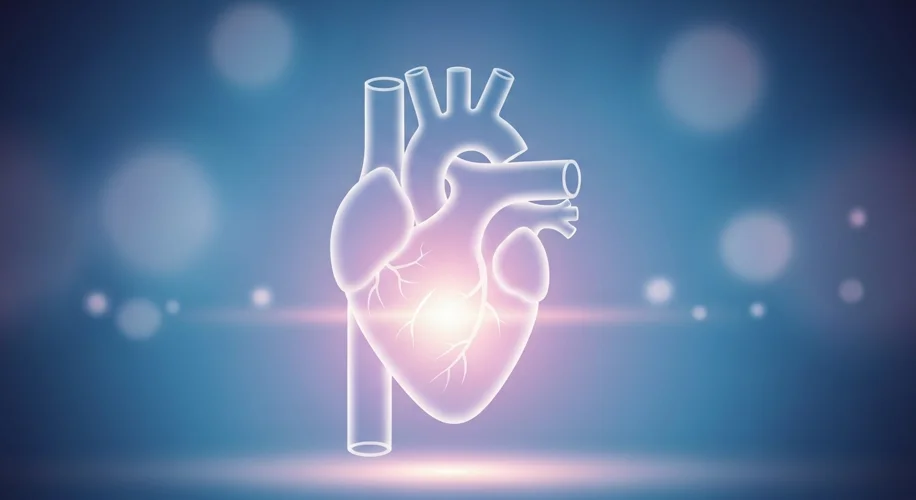When we hear about a cardiac arrest, it’s often a moment of shock and concern. We know it’s a critical medical emergency where the heart suddenly stops beating. But beyond the immediate medical implications, a question that often arises is whether the person experiencing it feels pain.
Let’s dive into what the science tells us about this complex event.
What Happens During a Cardiac Arrest?
A cardiac arrest occurs when the heart’s electrical system malfunctions, causing it to quiver uselessly instead of pumping blood. This means the brain and other vital organs aren’t receiving oxygenated blood. This lack of oxygen is what leads to a rapid loss of consciousness.
The Crucial Window: Consciousness and Sensation
The key to understanding pain during a cardiac arrest lies in the timing of consciousness. When the heart stops, blood flow to the brain ceases almost immediately. This causes a rapid loss of consciousness, typically within seconds.
Think about it: before someone even collapses, they might feel dizzy, lightheaded, or even nauseous. These are all signs that the brain isn’t getting enough oxygen. Once consciousness is lost, the ability to perceive pain, or any sensation for that matter, is also lost.
So, while the event itself is a severe medical crisis, the person experiencing it is likely not aware of pain once consciousness is gone. They are not consciously feeling the physical distress that might accompany other painful conditions.
What About the Moments Leading Up To It?
It’s important to distinguish between a cardiac arrest and a heart attack, although they are related. A heart attack (myocardial infarction) is a circulation problem – a blockage in a coronary artery that stops blood flow to a part of the heart muscle. This can be very painful, often described as chest pressure or tightness.
However, a cardiac arrest is an electrical problem. Sometimes, a heart attack can lead to a cardiac arrest. In the moments just before losing consciousness during a cardiac arrest that was triggered by a heart attack, a person might experience the chest pain or other symptoms associated with the heart attack itself. But once the arrest truly begins and consciousness is lost, the perception of pain stops.
Focusing on Prevention and Response
Understanding these distinctions helps us appreciate the urgency of both heart attacks and cardiac arrests. Recognizing symptoms early, calling for immediate medical help, and knowing CPR are critical.
While the immediate experience of pain during the actual moment of cardiac arrest is unlikely due to the rapid loss of consciousness, the conditions that can lead to it, like heart attacks, can be intensely painful. This underscores why public health messaging about cardiovascular health and recognizing warning signs remains so vital. It’s about protecting ourselves and our loved ones by being informed and prepared.

